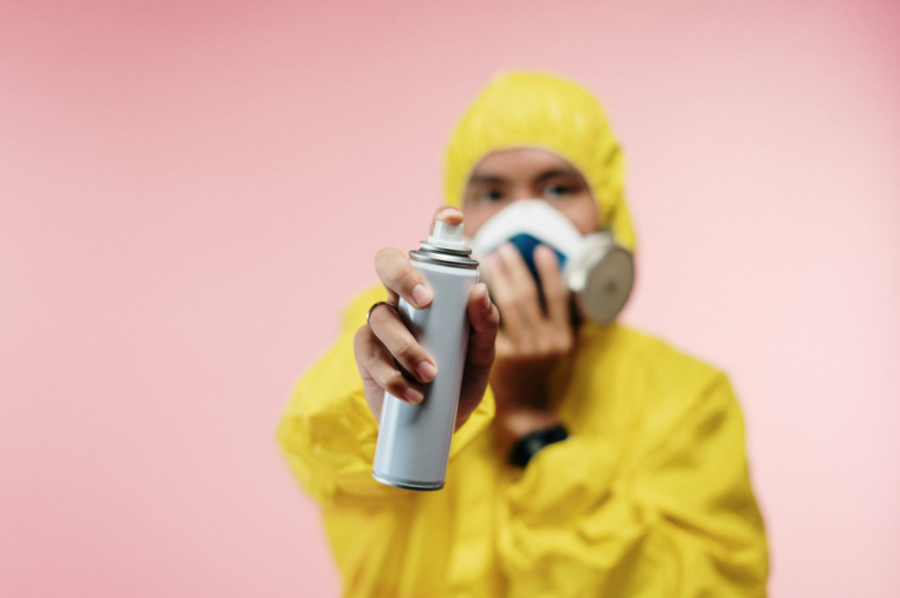Mold and mildew grow very quickly in warm, humid areas and can spread quickly in your home. While mold is an issue that requires immediate attention, some forms are more dangerous than others. That said, it’s important to know how to identify how bad your mold problem is. Here are some of the ways to tell how serious your mold issues are and what to do about them.

Bad Smells
One of the key indicators that you may have a mold problem is a pungent smell. This smell can best be described as musty or like wet dirt. You might also notice a damp wood-type smell. The varying smells are a direct result of the mold type and where it’s located.
Lingering Stains
Even if you manage to clean and disinfect an area that has mold, there’s a chance it may persist. If this occurs, it means there’s an underlying issue, like water damage or a possibly a water leak. Unless these issues are taken care of, the conditions for mold will remain and mold will return. You’ll need to call a mold inspector to find out for certain.
Visible Signs
Another sign, and the most obvious one at that, is seeing mold on a surface in your home. Most of the time, mold grows within your walls, which makes it almost impossible to find. One identifying characteristic of mold is its ability to grow on just about anything. You may find it growing on your walls, ceiling, or in your shower. What sets the types of mold apart is their appearance. Some forms of mold may appear fuzzy green or brown while others may appear pink, red, or black. It’s important to note that while all mold can be harmful, the black mold known as stachybotrys chartarum can be particularly dangerous.
Ongoing Allergy Symptoms
If you start having allergy-like symptoms, mold may be the cause. Since mold affects everyone differently, it’s important to know what to look for. Symptoms of prolonged exposure to mold can include chest tightness and difficulty breathing, a rash, red or watery eyes, congested nasal passages, wheezing, and recurring headaches.
If you are experiencing any of these symptoms or a combination of them, you should talk to your doctor immediately. These symptoms can start off minor, but if you’re exposed for too long, it’s possible to develop more severe respiratory conditions.
To combat mold in your home and the possible health risks it poses, you should look into mold remediation. Mold remediation is a type of mold treatment that involves regulating fungi levels. It begins with a professional inspecting your house and finding the source of the mold. From there, they’ll begin containing the mold and sanitizing the area so that the mold will not return. They may also replace your air filters with high-quality HEPA filters.
Mold is a danger to both your home and your health. If you notice any of these signs or have sudden symptoms, remove yourself from the source and reach out for help.
